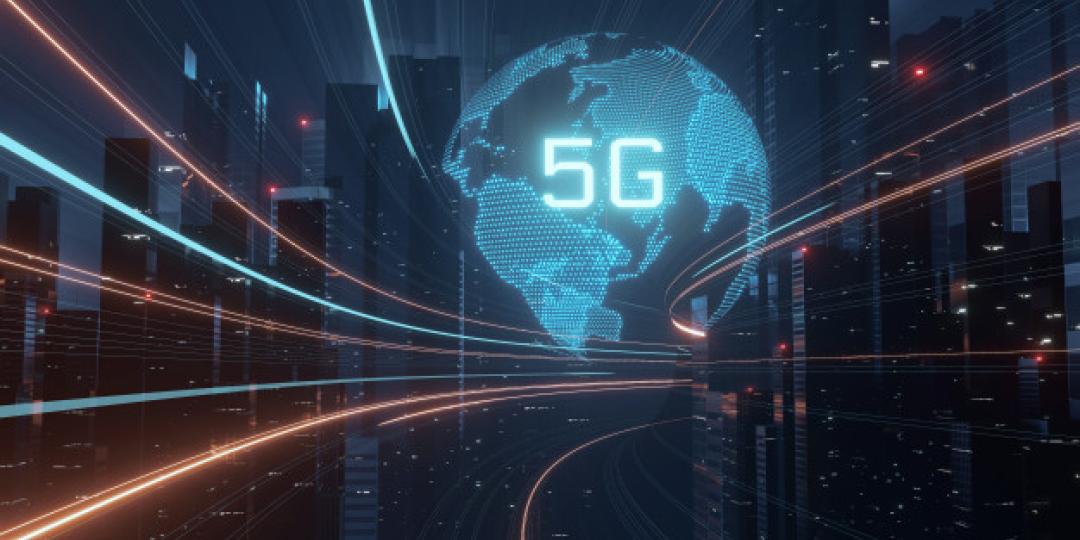Ericsson projects that 5G mobile subscriptions will exceed 580 million by the end of 2021, driven by an estimated one million new 5G mobile subscriptions every day. The forecast, which features in the latest Ericsson Mobility Report, confirms the expectation that 5G will become the fastest adopted mobile generation. 5G is expected to surpass a billion subscriptions two years ahead of the 4G LTE timeline for the same milestone.
At the end of 2020 in sub-Saharan African markets, around 15 percent of mobile subscriptions were for 4G. Mobile broadband subscriptions are predicted to increase, reaching 76 percent of mobile subscriptions by 2026. However, 5G volumes are not expected to grow in the region for 2021, but are likely to reach around 70 million 5G subscriptions in 2026.
Separately, the Global Telecom Market Report (GTM) also known as "The Future of Urban Reality Report" was also recently launched by the Ericsson ConsumerLab to assess the penetration of 5G and the tremendous potential it holds for markets around the world. It is the largest consumer study to date, revealing key insights about what South African consumers believe will happen beyond the pandemic, into the year 2025, through surveying a sample of 1,000 to 2,000 respondents between the ages of 15–79.
The report found that when entering the “next normal”, consumers in Africa will have added an average of 3,4 online services to their daily online activities, while also increasing the time they spend online by 10 hours per week by 2025, compared to their pre-pandemic habits.
This move is also expected to bridge the gap between moderate and advanced online users, with the more moderate online users having introduced more online services in their daily life over the course of the pandemic.
Due to the COVID-19 pandemic, the implementation of online education at schools and universities as well as remote working in South Africa has increased to 97 percent and 66 percent respectively. Going forward, online education and remote working are collectively expected to remain at a level of 29 percent.
Before the COVID-19 pandemic, the amount of online shopping in South Africa stood at 25 percent out of the total number of all shopping events, both online and at physical stores. During the COVID-19 pandemic, this figure increased to 41 percent. South African consumers anticipate their habits around online shopping will remain at a level of 35 percent after the COVID-19 pandemic has passed.

Mahomed Essof, country manager of Ericsson South Africa says: “Sub-Saharan Africa is looking at a growth of mobile broadband subscriptions driven by the young, growing population, the increasing digital skills and the more affordable smartphones. The reports show that by 2025, the new normal in South Africa will look very different from life before the COVID-19 pandemic; there will be an increased dependency on online activities for daily tasks. As 4G and 5G continue to grow together in the next five years, setting #AfricaInMotion, mobile networks and digital inclusion will play a significant role in increasing resilience and competitiveness.”
Ericsson has found that despite the uncertainty caused by COVID-19, service providers continue to switch on 5G, and more than 160 service providers have launched commercial 5G services.













